Walking through a spice bazaar is a vivid, all-consuming experience for the senses. The vivid hues of dried turmeric and paprika, the pungent smells of cinnamon and cardamom, and the relentless buzz of vendors and customers are all part of an experience unlike any other.
These bazaars have been cultural and commercial hubs for centuries, uniting people in the common language of taste. The following are the names of 20 markets around the globe where the drowsy smell of spices takes over the air.
Each one offers travelers its own distinct sensory signature.
Spice Bazaar in Istanbul, Turkey
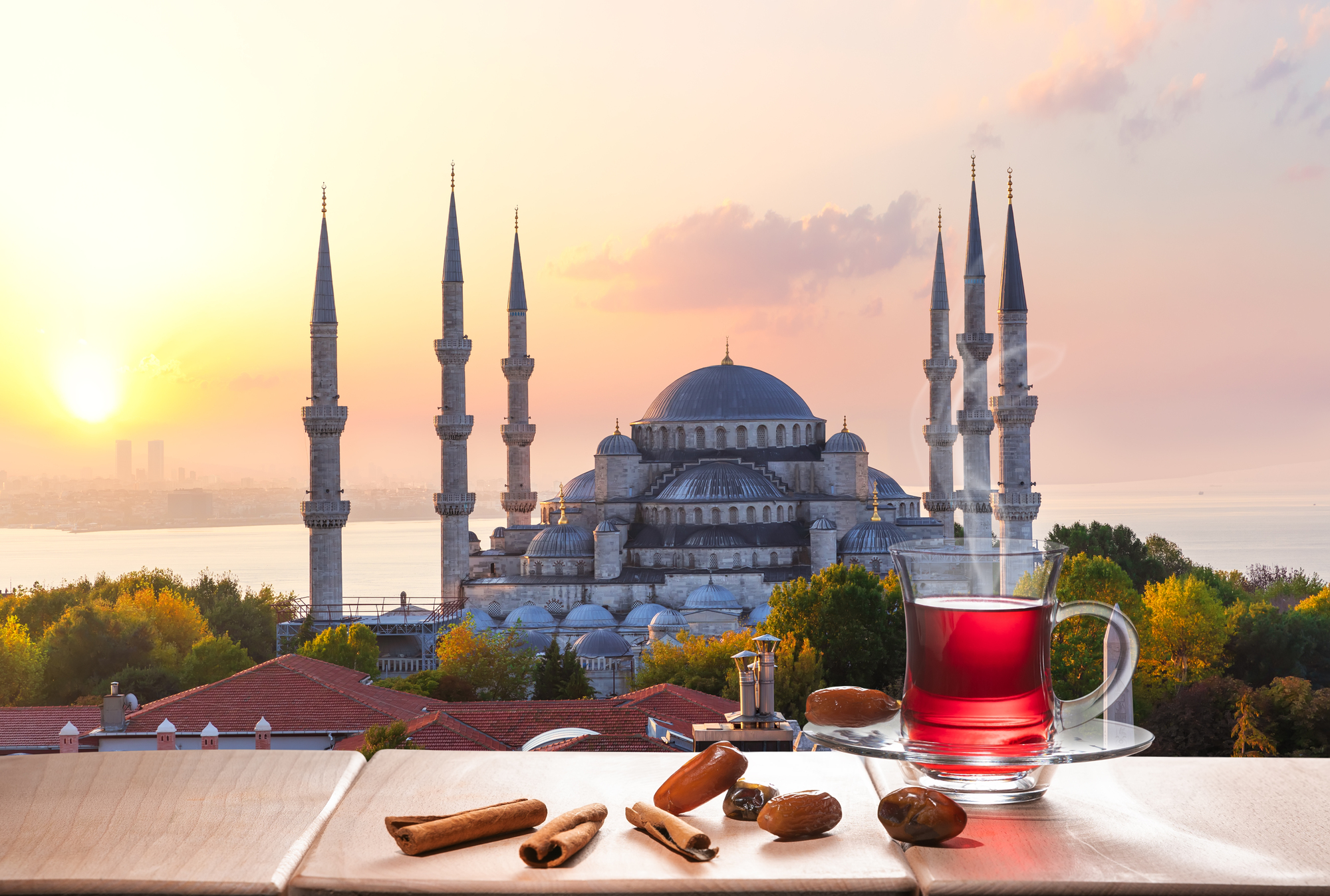
Built in the 1660s, this covered market remains one of the most aromatic places on earth. Mounds of bright yellow saffron, ruby red sumac, and golden cumin fill hundreds of stalls where merchants call out to passing shoppers.
The air is so thick with the scent of spices that you can almost taste them on your tongue before making a purchase.
Khari Baoli in Delhi, India
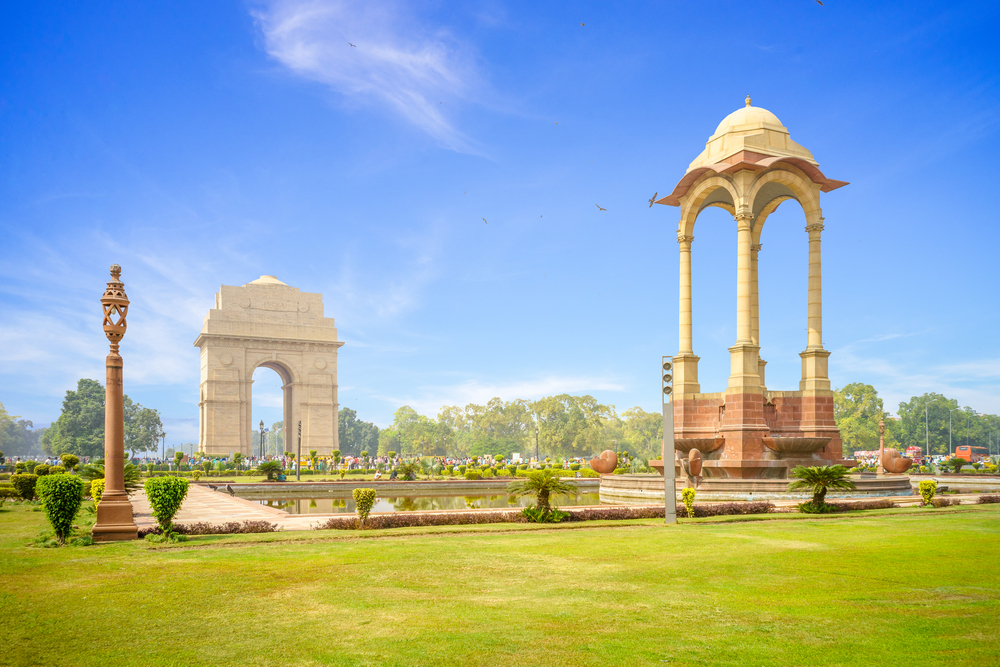
Asia’s largest wholesale spice market dates back to the 17th century and sprawls across a bustling street in Old Delhi. Porters navigate narrow lanes, balancing enormous sacks of cardamom pods and star anise on their heads.
The pungent aroma is so powerful that first-time visitors often find themselves both dazzled and disoriented by the intensity.
Like Travel Pug’s content? Follow us on MSN.
Mercado de La Boqueria in Barcelona, Spain
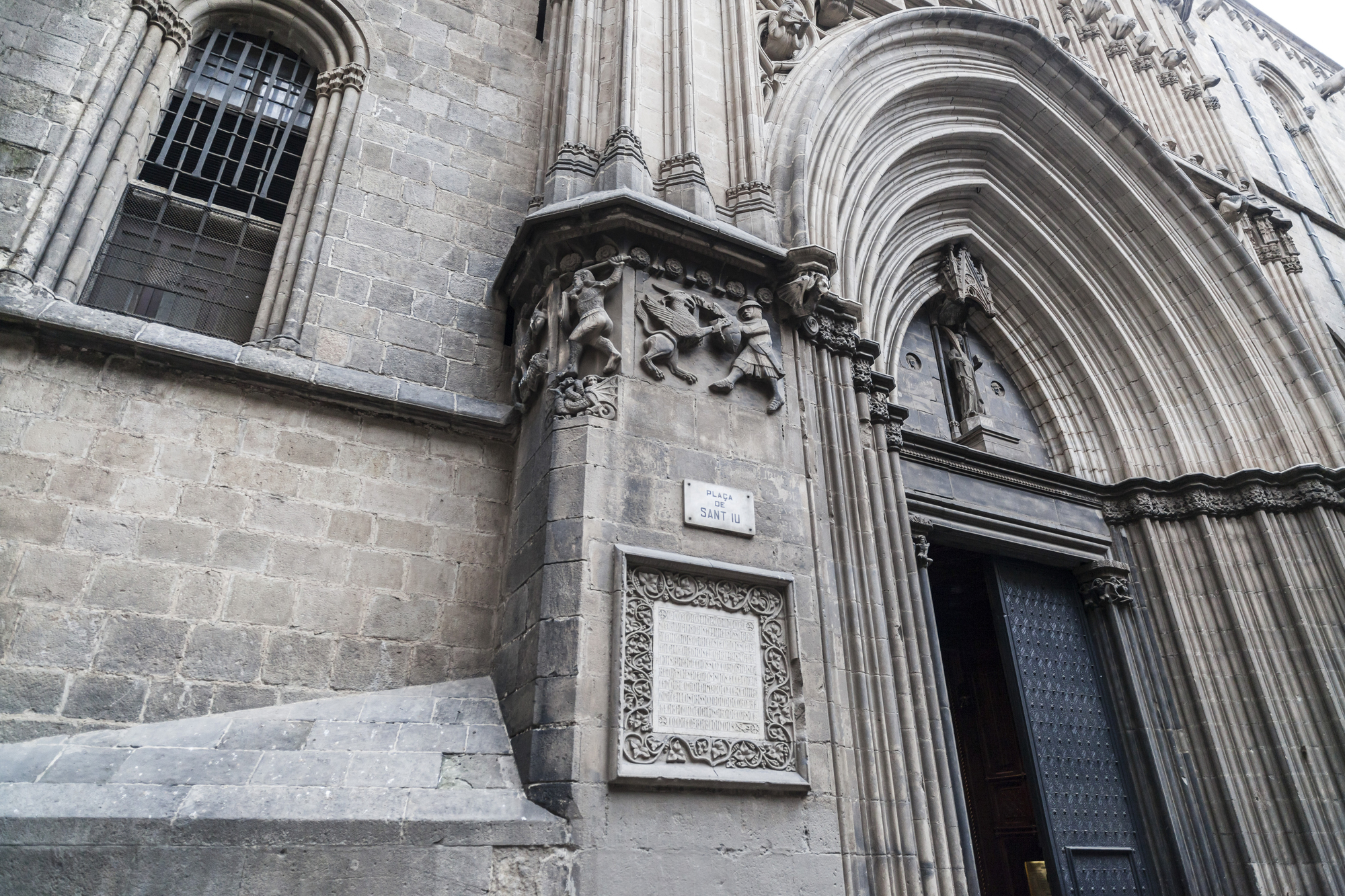
This famous market on Las Ramblas features several spice vendors whose colorful displays include Spanish saffron, smoked paprika, and dried herbs from the countryside. The mingling scents create an olfactory map of Mediterranean cuisine.
Locals push through the crowds of tourists to purchase their favorite spice blends from vendors whose families have worked there for generations.
Jamaa el Fna in Marrakech, Morocco

As night descends on this historic square, the scent of spices becomes more pronounced as food vendors set up shop. Vendors sell pyramid displays of ras el hanout, a complex mixture that could have more than thirty spices in it.
The market shifts from a daytime shopping center to a vibrant, open-air restaurant by night, with spices becoming more pungent as cooking begins.
Grand Bazaar in Tehran, Iran

Persian spice merchants create intricate displays of saffron, sumac, and dried rose petals throughout this historic market. The fragrance of ground spices combines with the scent of brewing tea from nearby shops.
Merchants often offer visitors small cups of saffron tea as they browse the aromatic wares.
Like Travel Pug’s content? Follow us on MSN.
Mahane Yehuda Market in Jerusalem, Israel

Locally known as ‘The Shuk,’ this vibrant market features spice shops with artistic displays of za’atar, baharat, and other Middle Eastern blends. The spice vendors compete for attention with their dramatic presentations and intense aromas.
Many shops offer secret family recipes for spice mixtures that have been perfected over generations.
Chandni Chowk in Delhi, India
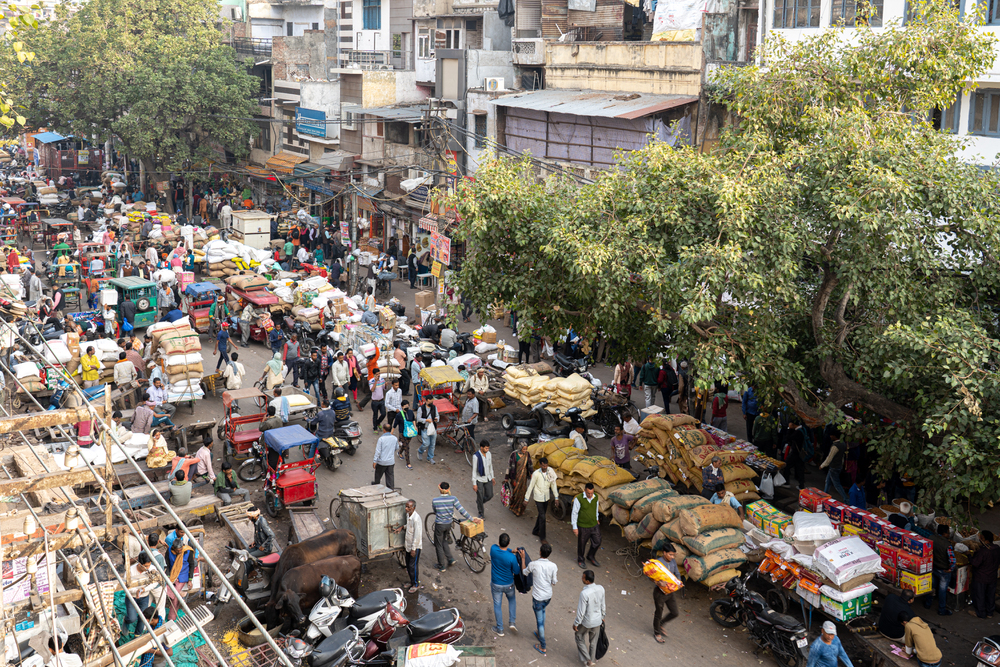
The narrow lanes of this historic market contain countless spice shops where cardamom, cloves, and cinnamon perfume the air. The spices are often so fresh that their scent can be detected from dozens of feet away.
Vendors encourage customers to smell and taste before buying, creating an interactive sensory experience.
Pike Place Market in Seattle, USA

Beyond its famous fish-throwing tradition, this historic market houses several spice merchants offering blends worldwide. The aromas of freshly ground pepper, nutmeg, and custom blends create a cozy counterpoint to Seattle’s rainy, gray days.
Many vendors specialize in crafting unique spice combinations designed specifically for the Pacific Northwest’s seafood.
Like Travel Pug’s content? Follow us on MSN.
Borough Market in London, UK
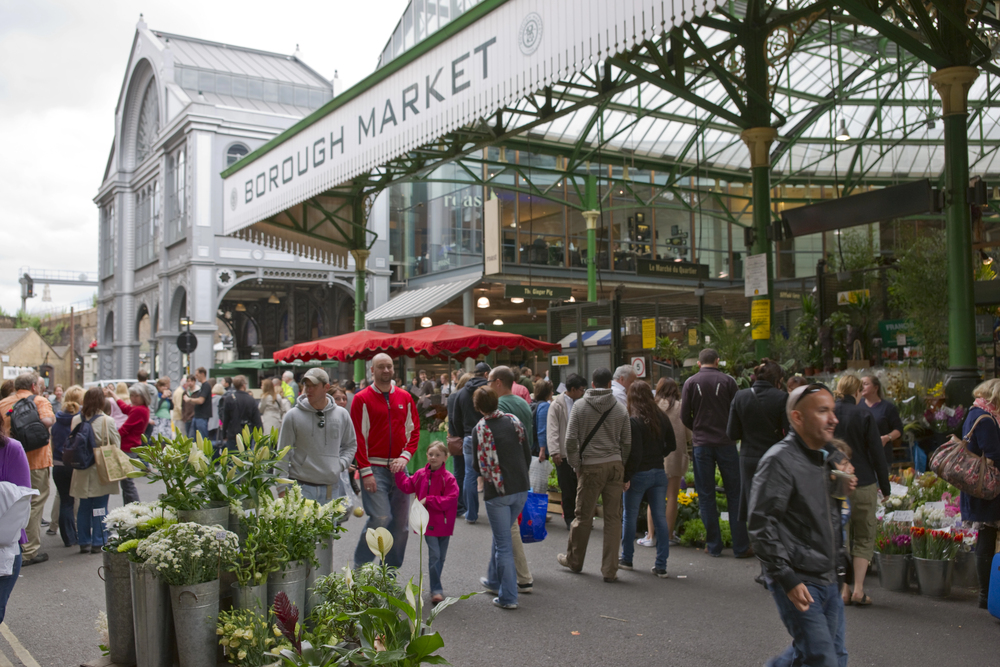
Tucked under railway arches, this gourmet market includes several specialist spice traders offering everything from Indian masalas to Caribbean jerk blends. The enclosed space concentrates the spice fragrances into an intoxicating mixture.
Culinary enthusiasts travel across the city to source rare and high-quality spices for their home cooking adventures.
Mercado Central in Santiago, Chile

This iron-structured market contains numerous stalls selling merkén, a distinctive Chilean spice from smoked chilies. The smoky aroma mingles with fresh produce and seafood scents throughout the historic building. Local chefs visit daily to select the freshest ingredients and discuss recipe ideas with knowledgeable vendors.
Maputo Central Market in Mozambique
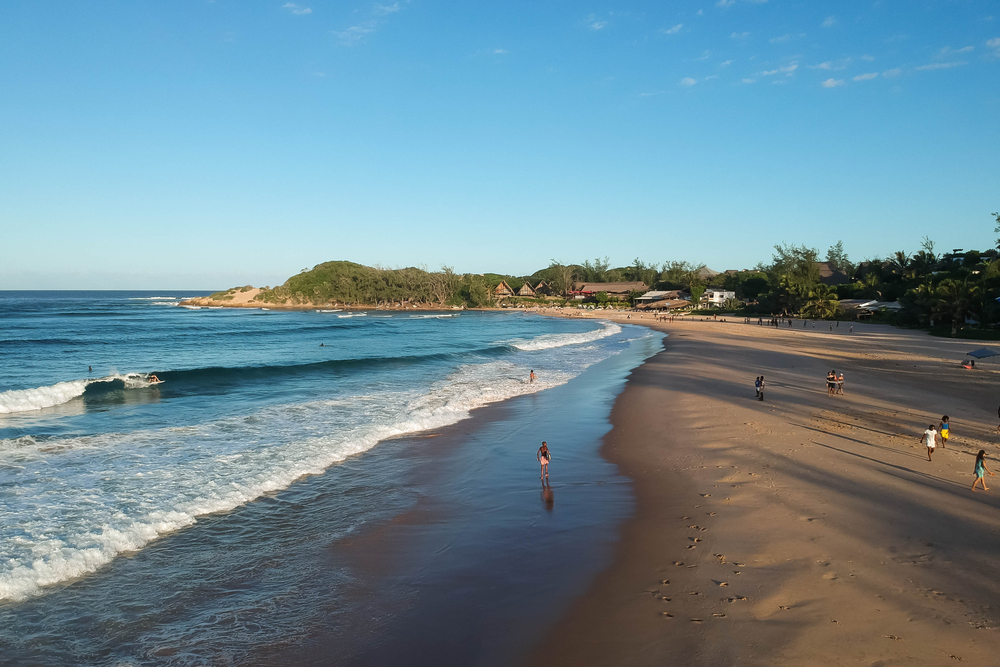
Piri-piri peppers and African spice blends dominate the aromatic landscape of this vibrant market. Merchants arrange their colorful wares in mesmerizing patterns that entice passersby in for a closer look and smell.
The Portuguese colonial influence is evident in many spice combinations, reflecting centuries of cultural exchange.
Like Travel Pug’s content? Follow us on MSN.
Mercado de Abastos in Oaxaca, Mexico
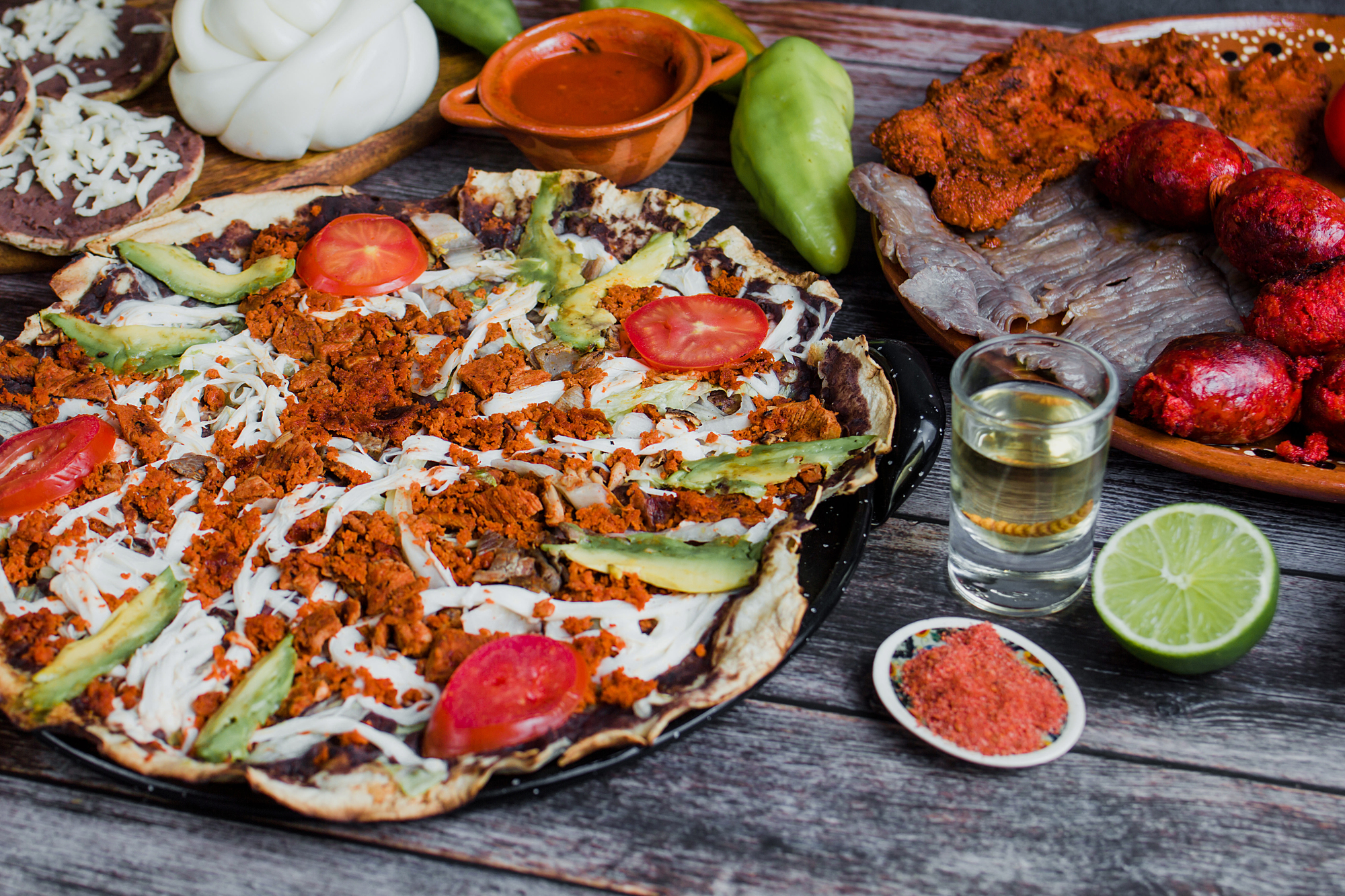
The scent of chilies, Mexican oregano, and chocolate spices fills the air in this authentic market. Vendors specialize in different varieties of mole powders containing dozens of ingredients.
The market becomes particularly aromatic during festival seasons when special spice blends are prepared for traditional celebrations.
Warorot Market in Chiang Mai, Thailand

Thai curry pastes, lemongrass, and galangal create a symphony of scents in this three-story market. Small family-run stalls display fresh and dried spices alongside handwritten recipes.
The upper floors contain the spice vendors, allowing their fragrant products to waft through the entire market.
Crawford Market in Mumbai, India
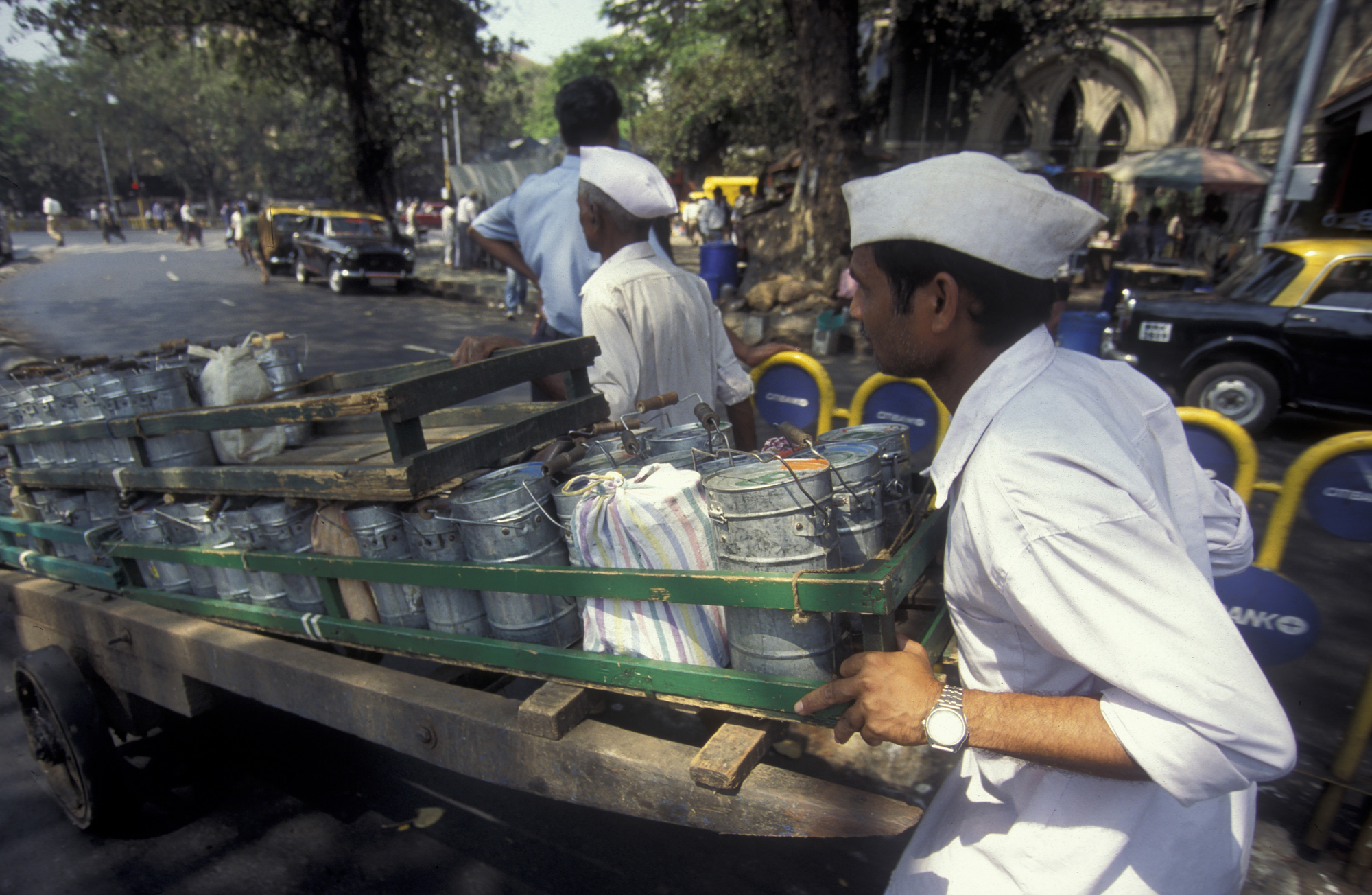
Colonial architecture houses hundreds of spice vendors selling everything from basic curry powders to exotic mixtures. The sensory experience is intensified by the hot, humid climate that amplifies every aroma.
Shoppers often bring their containers to fill with freshly ground spice blends prepared while they wait.
Like Travel Pug’s content? Follow us on MSN.
Souk el Attarine in Fez, Morocco
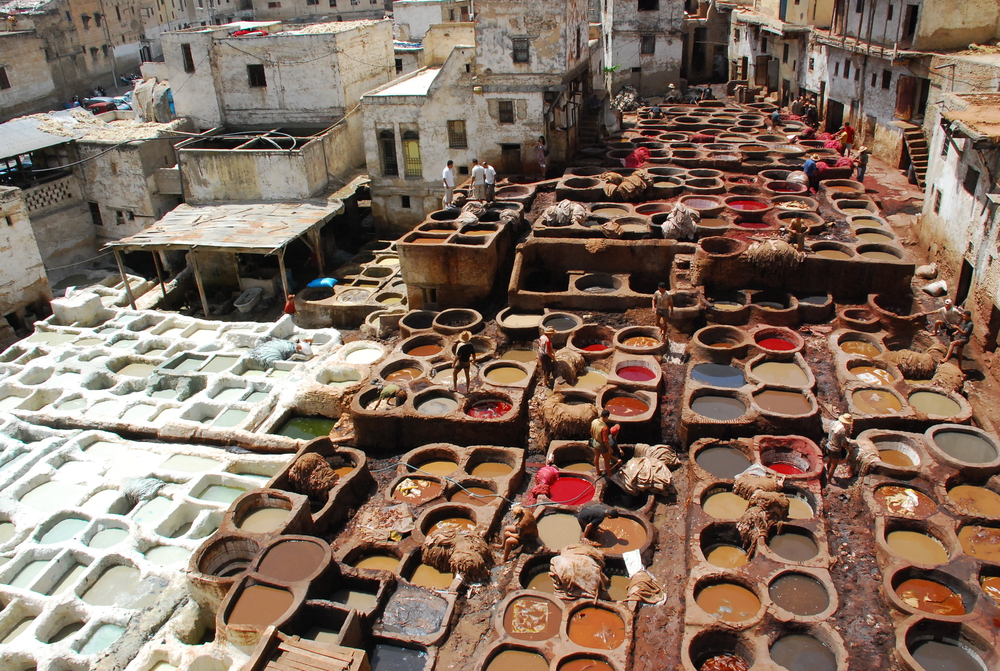
This spice-focused section of Fez’s massive medina has remained unchanged for centuries. Berber blends, preserved lemons, and medicinal herbs create an otherworldly fragrance experience.
The name translates to ‘market of perfumers,’ reflecting its long-standing connection to aromatic trades.
Paloquemao Market in Bogotá, Colombia
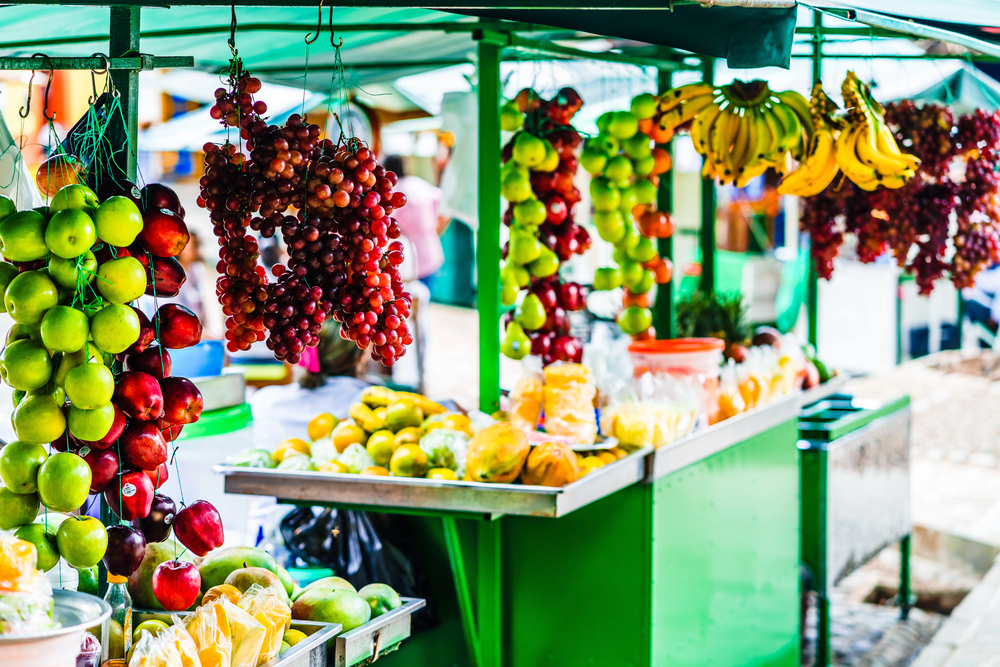
Colombia’s culinary diversity is displayed with stalls selling native spices and herbs from various regions. The aroma of achiote, cumin, and fresh cilantro creates a distinctly Latin American olfactory experience.
The market serves as a commercial center and a cultural preservation space for traditional ingredients.
Tsukiji Outer Market in Tokyo, Japan

Following the relocation of the famous fish market, the outer market remains a destination for spices used in Japanese cuisine. The subtle aromas of sansho pepper, yuzu peel, and dried seaweed offer a subtler yet equally complex aromatic profile.
Specialized vendors focus on particular ingredients, with some shops dealing exclusively in different varieties of dried seaweed or mushrooms.
Like Travel Pug’s content? Follow us on MSN.
Queen Victoria Market in Melbourne, Australia
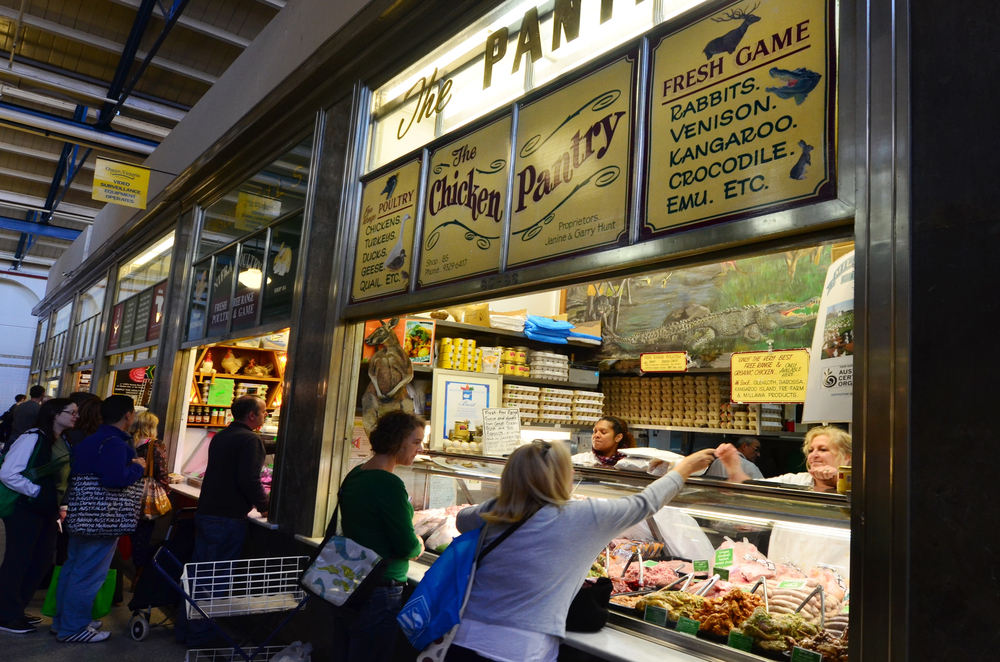
This historic market features several spice merchants offering local Australian bush spices and international varieties. The diverse aromas reflect Melbourne’s multicultural population and varied culinary influences.
Weekend shoppers create a lively atmosphere as they seek ingredients for global recipes.
Mercado Ver-o-Peso in Belém, Brazil

Located at the edge of the Amazon, this market offers indigenous spices and herbs found nowhere else on earth. The unique aromatic compounds of Amazonian plants create heady, mysterious scent profiles unfamiliar to most international visitors.
Vendors who have inherited generations-old traditions freely share local knowledge about medicinal and culinary applications.
Mercado Central in Valencia, Spain
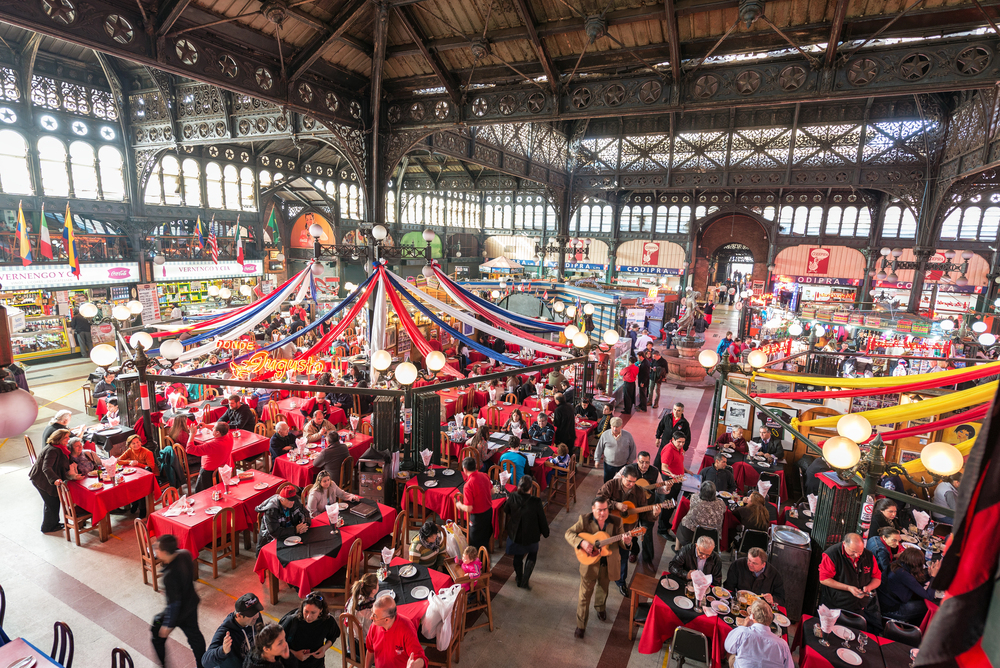
Modernist architecture contains spice stalls selling saffron, paprika, and proprietary paella blends. The scent of these spices mixes with fresh seafood and fruits throughout the gigantic building.
Cooking demonstrations are common, releasing more waves of spice-laden steam into the air.
Like Travel Pug’s content? Follow us on MSN.
The Enduring Heritage of Spice Routes

These markets are more than just places to shop—they’re living museums of ancient trade routes that forged human history and united remote cultures. The spice trade forged some of our first global systems, and these markets carried the torch of history through scents that have enticed humanity for millennia.
Everyone bears the spirit of its culture in fragrance form, urging visitors to see history in the air they breathe.
More from Travel Pug

- Cities Growing so Fast You Won’t Recognize Them in 10 Years
- 13 Destinations Where Tourists Regularly Regret Their Trip
- 20 Obscure WWII Sites Even History Buffs Don’t Know About
- 10 Under-the-Radar Mountain Towns That Are Both Affordable and Beautiful
- Remote Villages in Europe Where You Can Live for Free in Exchange for Work
Like Travel Pug’s content? Follow us on MSN.
